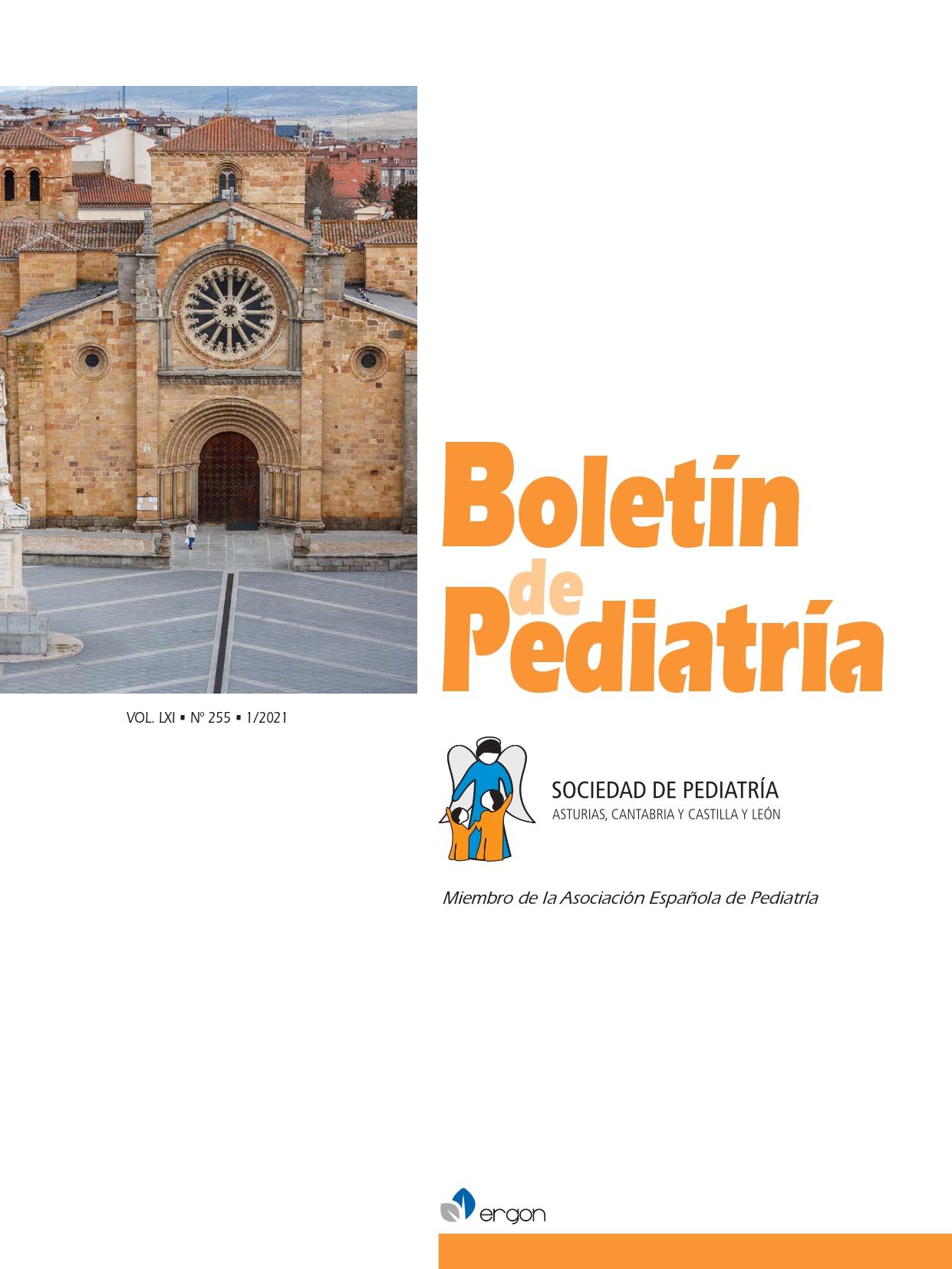Abstract
Introduction. Introduction. Syncope is the sudden and transient loss of the level of consciousness and postural tone due to a transient cerebral hypoperfusion.
Development. This is a very frequent symptom in the pediatric age, above all in adolescent age and which, at times, generates great anxiety among the family and insecurity among the professionals, unnecessary examinations and treatments being abuse of. In this review, we present the keys to making a correct differential diagnosis. We analyze the alert data that should lead us to suspect that we are not facing a benign picture. We will see what recommendations we should give the family and patients and when to send them to the specialist. Our objectives with this review are: to know how to correctly approach the syncope in the pediatric age; to reassure when it is a benign process and to identify the cases having potential severity.
Conclusions. Syncopes are mostly benign in the pediatric age. The reflex syncope, specifically the vasovagal one, is the most frequent. The clinical history is key for the diagnosis. We should be especially alert to the alarm data in the history and in the electrocardiogram that can indicate the presence of an underlying heart disease. Children with a history consistent with vasovagal syncope, with no family background of risk and with a normal electrocardiogram do not require additional cardiological evaluation. Among the most important aspects of treatment of the reflex syncope are those of informing and assuring the child and the family.

This work is licensed under a Creative Commons Attribution-NonCommercial 4.0 International License.
Copyright (c) 2021 Boletín de Pediatría
